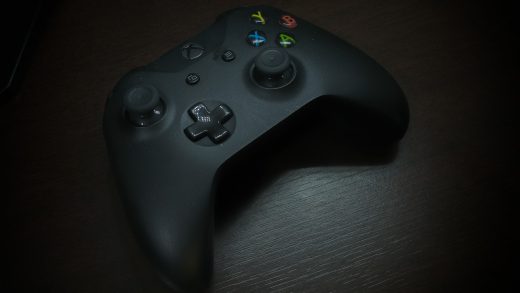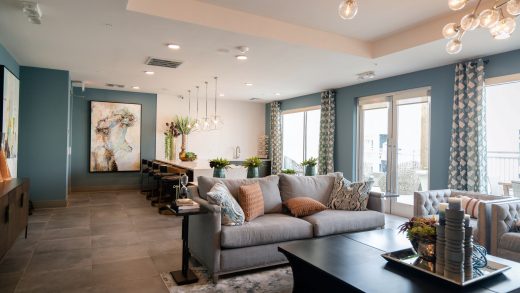Are you willing to spend more on a projector than what you originally planned? Who would? No! These are the top three things that people overlook when purchasing a projector. They will save you money over the lifetime of your android projector. This applies to all types of projectors and uses – regardless of whether they are for home theaters, large venues, classrooms, or businesses.
1. Maintenance and Projector Lamps
For large venues projectors, the cost of individual lamps can be as high as $10,000.
The lifespan of older projector lamps was typically between 1,000 and 2,000 hours. Modern projector lamps can last from 2,000 to 4,000 hours, depending on how they are used. Although lamp life has improved, filters need to still be changed or cleaned. Lamps will need to be replaced if still in use.
However, newer technologies for projectors either extend the projector’s lifespan or eliminate the need to use a filter (or lamp) entirely. These newer technologies can last for up to 20,000 hours! These new technologies require less maintenance and are cheaper!
- LED Projectors have a typical life span of at least 20,000 hours
- Laser Projectors don’t use filters or lamps and have a life expectancy of more than 20,000
- Hybrid projectors combine the technology from the laser and LED projectors. They also have a longer life span than 20,000
No matter what technology is used, these technologies are less expensive and require less maintenance.
2. Warranty
Did you know that projector warranties don’t cover lamp replacement or lamp life?
As you can see, warranties vary depending on which manufacturer they are. Here are some things you should know about a warranty.
- Length Most warranties are for 1, 2, or three years.
- Replacement Options Some warranties provide for a complete replacement within 24 hours of a projector going out of service. Others will offer a temporary repair if the projector is damaged beyond repair.
- Lamp Replacement– This is, as mentioned, usually not covered
- Extended Warranty Many manufacturers offer extended warranties at an additional cost. If the manufacturer doesn’t offer extended warranties, the dealer you purchased it from may.
- There may be other options available. Make sure you investigate!
Tip: It is easier to fulfill warranty requests or needs if you buy from an authorized dealer. If you don’t, the warranty could be invalidated. A local dealer near you may be able to help resolve an issue faster.
3. Energy Efficiency
Do you know how projectors request to be verified that you wish to turn the power off before it shuts off? Because conventional projectors need to allow their lamps to cool down before they cut the power. You may also have noticed that projectors can take some time to warm up to their normal brightness. Because they use a different light source technology, the newer LED, hybrid, and laser projectors don’t need as much power to warm up or cool down. This makes it easier to turn it on or off. Sony said that it typically takes about one minute for a lamp’s temperature to reach optimum, while it takes six seconds for their laser projectors to prepare for a presentation.
The newer technologies also run cooler than traditional projectors because they don’t use standard lamps. This is similar to the evolution of traditional light bulbs. There were 60W incandescent light bulbs that produced 1000 hours of light. Some may still have them, but they can get very hot. These bulbs evolved into halogen, CFL, and LED light bulbs. A 12W LED bulb produces the same light as a 60W incandescent bulb but consumes less power and lasts for up to 25,000. It also doesn’t burn your hands if it is on. What’s the difference?
The cost of newer projectors is generally higher upfront. When choosing the right projector, most people don’t consider the energy efficiency (or lack thereof), or the cost for maintenance.

My advice:
Do not rely on technology and specs alone. Even if you don’t understand the details, specs can be misleading.
Every environment is unique. You need to take into account the ambient light, screen size, screen distance, projector type, and material, as well as the size of your projected image. If you are projecting in a darkened room with little to no natural light, the best projector may not be necessary. Your individual needs may be different from someone else’s. Do you want to pay more for a projector that will use more energy, but has higher replacement costs?
Talking to a specialist is the best way to understand technology specs and help you decide what may be best for your needs.





